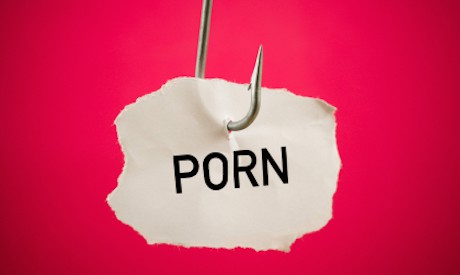Maybe we should ask the experts–those seeking help.
There is much debate about whether or not pornography is addictive.
Pornography addiction is controversial even among professional therapists.
This debate heated up when the Fifth Edition of the Diagnostic Statistical Manual for Psychiatric Disorders (DSM-V) for therapists did not include sexual addiction as a clinical diagnosis.
Many professionals wondered out loud what this means for professional therapists and their clients who are seeking help for sexual addiction, including pornography addiction (see Alexandra Katehakis article Sex Addiction Beyond DSM-V).
The two reasons that sexual compulsivity were not included in the DSM-V stem from the lack of research and lack of an agreed upon list of symptomatic behaviors.
This should be expected since the study of sexual compulsivity is relatively new.
However, not being included in the DSM-V does not mean it doesn’t exist.
For example, compare this situation our society’s gradual realization about the dangers of smoking.
For years, smoking was accepted and society wasn’t aware of the health risks.
In fact, from the 1920’s until the early 1970’s tobacco companies used medical doctors to promote smoking for throat irritation. (See Tobacco Led Throat Doctors to Blow Smoke)
We know now that millions have lost their lives to smoking cigarettes.
It’s easy to shake our heads and say, “What were they thinking?”
Criticizing the decision makers won’t bring back the lost lives, but looking and observing our current blind spots as a society might help us prevent loss of individuals and families to sexual compulsivity.
Perhaps one of our blind spots is minimizing the challenge that individuals and couples experience as a result of hypersexuality. Continue reading
Sources
